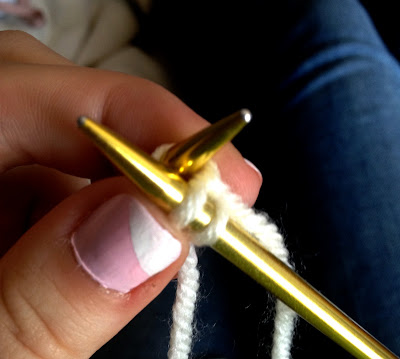I recently finished my junior year of college and am officially a senior (woowoo!!). I drove home as soon as my last final was over last week and as per usual I am the first of my friends to finish and come home so I spent the past few days basking in the fact that I had no obligations, appointments, homework or need to get out and do stuff. I've had my eye on the ravelry pattern "Elefante" for quite some time and have been waiting till I had a good chunk of time to dedicate to the pattern.
 |
| First step was making the 4 legs. |
 |
| I then knitted the body, which took more time than expected, and stuffed it. Then I sewed the stuffed legs to the body. |
 |
| This was a great project for spare yarn-- I used only scrap pieces and stash yarn! |
 |
| Instagram photo shoot for this little cutie. |
This was my first knitted stuffed animal and I'm super happy with how it came out. If I could redo this, I would use poly-pellets as well as stuffing in the legs and body instead of just stuffing in the entire thing-- because the head is a little bigger than the body it makes it hard for Elefante to stand up straight without falling over or resting on something. I'd recommend this for everyone-- it would make a great baby shower gift, or just a cute addition to anyone's room!
Any suggestions for other stuffed animals/amigurumis? Let me know!! :)







































